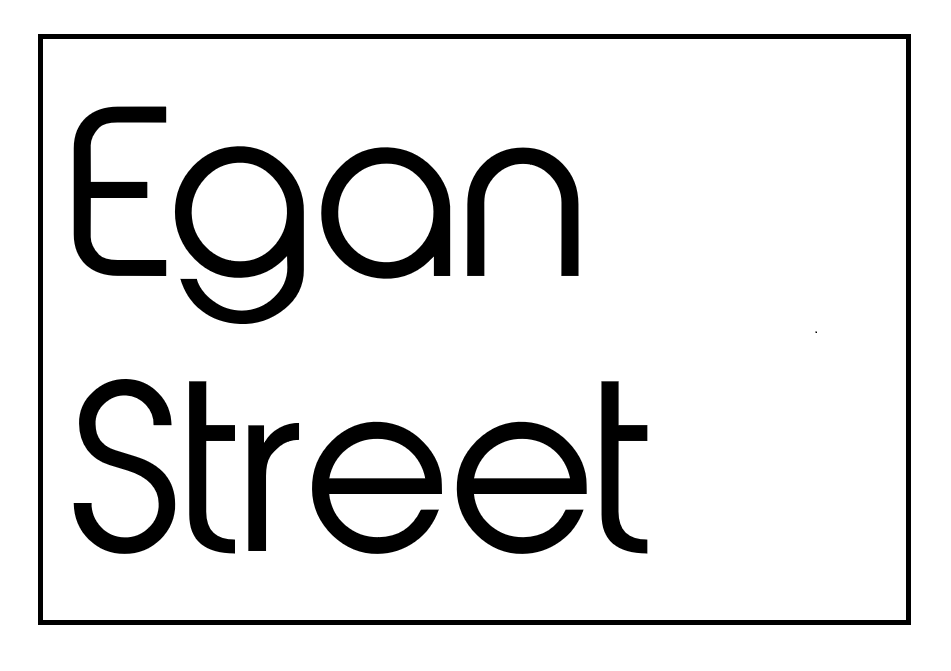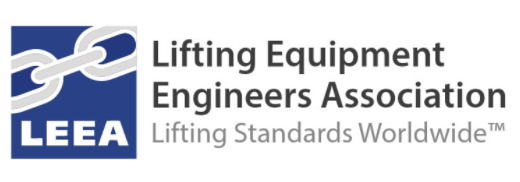Retrofitting houses in bushfires zones could save lives, but cost is prohibitive
Researchers find most properties in high-risk areas don’t meet current building standards. Retrofitting houses in bushfire zones to meet current building standards would save lives and property, but the cost of doing so is too expensive for most property owners, researchers have found.
An interdisciplinary team of bushfire experts from the University of Wollongong and University of Melbourne, with funding from Wyong Shire Council (now part of the merged Central Coast Council), looked at properties in two areas of the NSW Central Coast – Toukley/Noraville and Durren Durren – to quantify the cost of retrofitting them, and to survey the owners’ perceptions of risk and responsibility.
The researchers found the average cost of retrofitting a house was almost $25,000, with estimates ranging from $8,500 to $47,000 for individual houses. The amounts were much higher than homeowners’ felt they could afford.
Professor Ross Bradstock, Director of UOW’s Centre for Environmental Risk Management of Bushfires, said housing in the two areas was broadly typical of the residential developments in south-east Australia most at risk from bushfires, the majority of which pre-date current constructions standards for high bushfire risk homes.
“There’s a lot of property in NSW and elsewhere that would be similar to that surveyed in this study, developments built from the 1960s through to the ’90s. In the Sydney region there are well over 500,000 houses on the front line in terms of exposures to bushfires. And an awful lot of that would be very similar to this sort of stuff,” Professor Bradstock said.
Social geographer Dr Christine Eriksen, from UOW’s Australian Centre for Cultural Environmental Research, said the researchers found noteworthy differences in homeowners’ perceptions of bushfire risk and responsibility between the two areas studied, and these were likely to be replicated in similar areas elsewhere.
Residents in semi-rural Durren Durren, where block sizes range from two to four hectares, were more aware of the risks and accepted more responsibility for preparing their properties for bushfire. Those in Toukley/Noraville, where suburban blocks of around 500-800m2 back onto bushland, felt council had a greater responsibility to mitigate against bushfires.
“In areas like Toukley, the perception that you’re living in an urban area makes you feel safer and to some extent that’s justified: it’s easier to get out and you possibly have resources and emergency services close by.
“In Durren Durren people were more prepared. They’d thought about how they were going to get out because they had that one-way-in, one-way-out scenario. They’d made a conscious decision to live in a high-risk area so had given more thought to natural hazards like fire.
“Also, because of the surroundings they have to interact with the natural environment more: the lawns need to be taken care of if you don’t want snakes on your doorstep; you need to clear leaves out of your gutters if you want drinking water in your rainwater tank. Those interactions automatically double up as bushfire preparedness.”
Alan Green, a PhD student from UOW’s Sustainable Buildings Research Centre, examined the buildings in the study areas and found none of them met current building standards for bushfire resilience, despite most being considered to have the highest level of bushfire exposure.
“The main problems were gaps and cracks in the building envelope, which can allow embers to enter; and also exposed combustible cladding, and window frames and doorframes,” he said. “There’s no established way to quantify how big a difference retrofitting would make, but one opening in the building envelope could lead to the destruction of the building.”
The researchers found that typically gutters and the enclosures around the eaves were vulnerable, and that the underneath of houses weren’t enclosed. Other problems included glass not being toughened or of sufficient thickness, and timber decks or other exposed timber features where embers could stockpile and then catch alight.
Professor Bradstock said there were also less expensive things homeowners could do that were often overlooked.
“There’s basic things like having a bushfire survival plan, which this study found many people don’t have; tidying up leaves, grass and other vegetation around properties; storing gas bottles away from the house. They’re all relatively inexpensive things homeowners can do and typically you find that not all those boxes are ticked,” he said.
Professor Bradstock said the study raised the question of whether there was a role for government to help with the cost of retrofitting.
“One of the key things that comes out of this study, given the sort of expenditure that would be required, is what might be the best investment strategy in terms of bushfire risk mitigation, and whether it might it be worth it for local and state government to think about helping people out in some way.”
The research paper, Retrofitting for wildfire resilience: What is the cost? by T.D. Penman, C. Eriksen, B. Horsey, A. Green, D. Lemcke, P. Cooper and R.A. Bradstock, is published in the March 2017 edition of International Journal of Disaster Risk Reduction.
 University of
University of
Wollongong bushfire experts Professor Ross Bradstock, Dr Christine Eriksen and Alan Green. Picture: Paul Jones


































































































